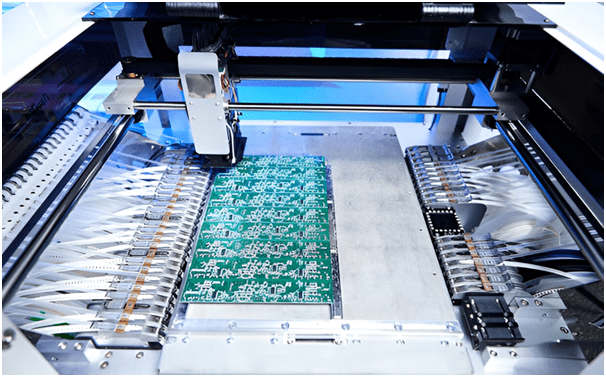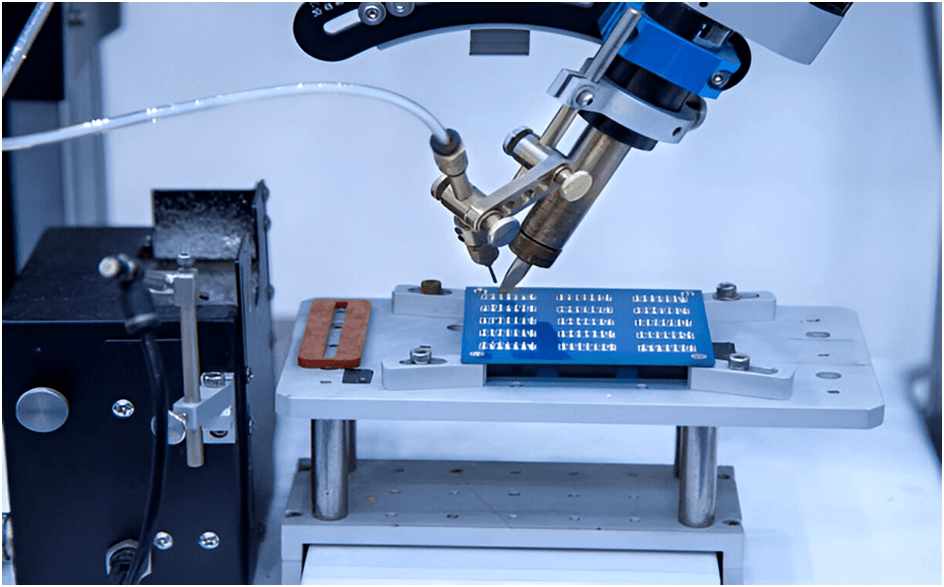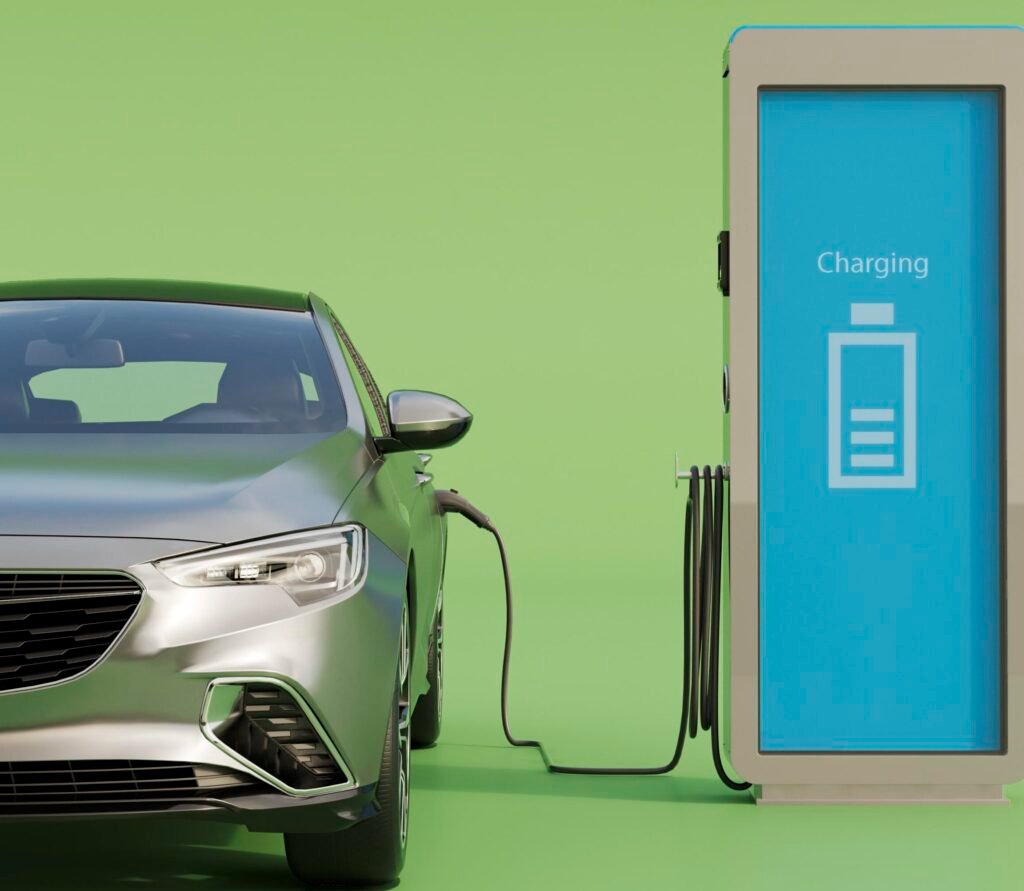
Table of Contents
ToggleHow to Get an Ideal PCB through Double-Sided PCB Assembly
Electronics manufacturers must cope with the aggressive demand for reliable and quality electronics. A Printed Circuit Board or PCB is a key component in a fully functional electronic system. It is made of a dielectric substrate with conductive paths and pads to physically and electrically connect parts. Manufacturing companies are operating daily to produce and assemble printed circuit boards and deliver them to customers according to the planned demand.
PCB assembly services have a great concentration in the Asia Pacific region, with China suppliers taking big strides in the competitive market due to low cost, fast deliveries and latest technologies. Many companies have their respective strengths and weaknesses that can make or break a PCB project. In this article, we will talk about finding a reliable double sided PCB assembly partner.
What is Double-Sided PCB Assembly?
Before we go to the discussion of how to find a reliable assembly partner, let us deepen our understanding on double sided PCB assembly. Double-sided PCB assembly refers to the type of assembly process where electronic components are populated on both sides of the PCB. This means that copper layers are found on top and bottom sides to make component mounting possible.
PCB assembly can be done using Surface Mount Technology (SMT) or Through Hole Technology (THT). SMT is a direct method of mounting the components using solder paste while THT is an insertion type of process using the drilled holes on the PCB. In double-sided PCB assembly, the design can be solely SMT or THT or a combination of both techniques. Having both types of assembly techniques means that the supplier must have capabilities such as wave soldering, component insertion machines and an SMT line to fulfil the requirements. Below are the processes in a PCB assembly line:
- Solder Paste Printing.The pre-programmed solder paste pattern is printed into the bare PCB laminate using a stencil with apertures.
- Chip Placement.The robot arm of the Pick and Place machine picks the components and puts them in their designated locations on the PCB.
- The wet solder paste is cured using a reflow oven. The curing process joins the PCB pads, and the component leads to a complete metallurgical bond.
- Automated visual and x-ray inspections are carried out to identify faults on the printed circuit boards. Both soldering and placement issues can be detected to prevent them from getting shipped. Gross failures will require a more elaborate investigation.
- Changeover to the Next Side.After the first side has gone through the SMT processes, the next side will again proceed to the same processes but may have different machine parameter settings. The program of the machines are set to align with the next side PCB assembly.
- Component Insertion and Wave Soldering (if Mixed Technology). Insertion process for through hole components can be done manually or automatically. Selective wave soldering is done to concentrate the soldering to the target component only.
Factors to Consider in Finding a Reliable Double Sided PCB Assembly Partner

Your investments can be maximised if systematic planning and careful supplier selection are done from the start. In the next section, as a reliable China PCB assembly supplier we will guide you through the factors to consider.
- Know your Business Needs. Establishing your business needs first will help identify the non-negotiable factors that qualify a supplier. The initial step is to know your primary objectives in finding a double sided PCB assembly partner. Whether you are looking for a low-cost or a turnkey type of business or a local supplier, all these aspects that are critical to the success of the project must be listed down. These business requirements will help gauge and decide on the right and the best PCB assembly supplier.
- Find a Low-Cost Supplier Wisely.Be practical during supplier selection.If your requirements are met by two suppliers, but one stands out due lower price, then it is an obvious choice to pick the supplier with a lower price. This must come with a sound decision wherein you must be aware of why and how the supplier is able to offer a lower price, may it be due to cheaper material cost or lesser assembly price.Dissecting the quote to its components will help you assess and compare potential suppliers.
- Choose a Technically Capable Supplier.Back-and-forth communication with the suppliers will be frequent, especially during the qualification stages. It is important to talk with a partner who is, as much as possible, on the same page as you. Technical capability means both expertise and a technologically equipped assembly line. A complete assembly line should have advanced machines with excellent productivity and accuracy to assemble and inspect good PCBs. A technically capable supplier is also able to anticipate potential failures by establishing out-of-control reaction plans and systematic analysis for every deviation.
- Be Critical of the Quality of the PCB.The right supplier must be able to assemble the PCBs within the defined specifications.To know if the PCB is within the criteria, the chosen assembly partner must have the tools and controls to verify the quality of the units. Quality should be set in every step with clear procedures and optimum settings. Quality should also be consistently achieved through regular audits and process assessments.
- Find a Supplier that Can Deliver PCBs Fast. The PCBs need not only be of low cost and good quality but they must also be delivered on time. Delivery is affected by several factors such as material lead time, processing durations and product dispositions. The assembly supplier should also have sufficient capacity, especially for fluctuating demands. Changeover processes must be carefully carried out to have minimal downtime and high machine utilization.
- Screen and Rank your Suppliers according to your Criteria. The initial screening of the suppliers will be based on your Must-Haves. Must-Haves are your fixed requirements that the supplier must be able to meet. After being able to shortlist your suppliers, you must have a list of criteria with individual weightage for you to quantitatively and objectively compare your potential suppliers. This can be a form of a matrix to easily sum up the scoring and see immediately which supplier bested the rest in terms of the combined criteria.



As soon as I detected this web site I went on reddit to share some of the love with them.
Wow! This blog looks just like my old one! It’s on a totally different subject but it has pretty much the same page layout and design. Excellent choice of colors!
You made some first rate factors there. I appeared on the internet for the problem and located most individuals will go along with along with your website.
Free video chat learn more and a convenient alternative to Omegle. Instant connections, live communication without registration, usernames, or phone numbers. Just click “Start” and meet new people from all over the world, whenever you like and whatever your mood.
Hello, for all time i used to check website posts here early in the morning, because i love to gain knowledge of more and more.
Escort directory listing Rio